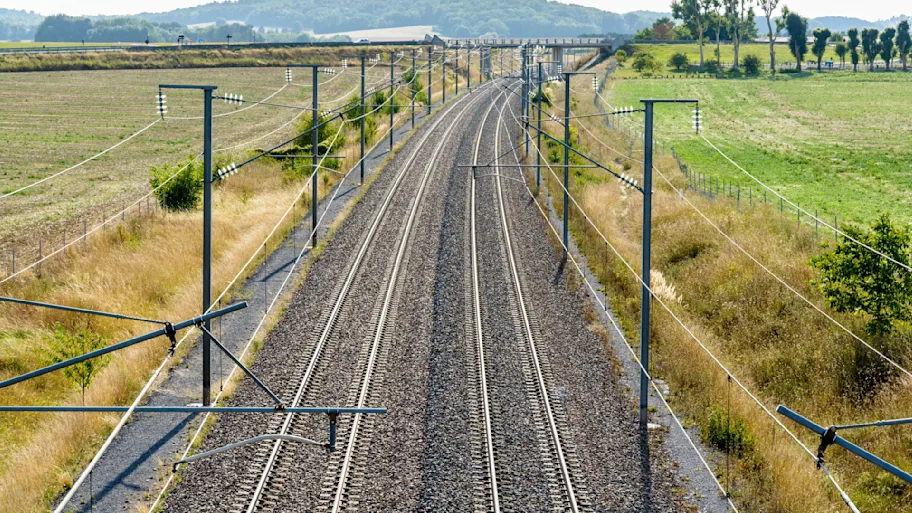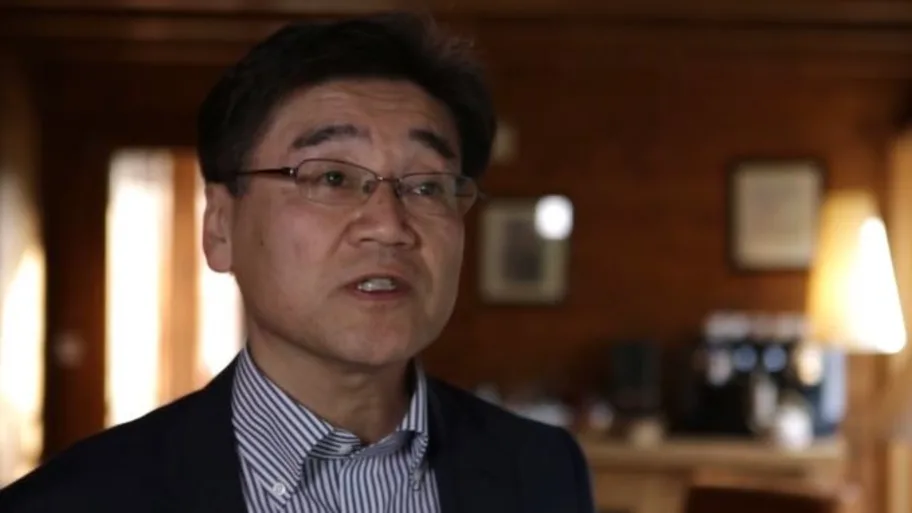
- Science news
- Engineering
- The losses that come after the earthquake: devastating and costly
The losses that come after the earthquake: devastating and costly

In 2011, the Tohoku earthquake created a series of huge tsunami waves, which damaged coastal communities killing more than 17,900 people, forcing more than 50,000 households to relocate, and caused the Fukushima nuclear power plant failure, a nuclear disaster second only to Chernobyl in Russia in 1986, but which spread radiation across the Pacific Ocean. Image by Shutterstock.
While most people focus on the dreaded shaky ground associated with earthquakes, a new study, published in Frontiers in Built Environment, explores the economic losses associated with the secondary effects of earthquakes
By Rachael Bishop
Earthquakes: Nature’s most unpredictable and one of her most devastating natural disasters. When high intensity earthquakes strike they can cause thousands of deaths and billions of dollars in damaged property. For decades, experts have studied major earthquakes; most have focused on fatalities and destruction in terms of the primary effects, the shaking unleashed.
A new study takes a different approach to generate a more complete picture.
The study, titled, “Losses Associated with Secondary Effects in Earthquakes,” published in Frontiers in Built Environment, looks at the devastation resulting from secondary disasters, such as tsunamis, liquefaction of sediments, fires, landslides, and flooding that occurred during 100 key earthquakes that occurred from 1900 to the present. And unlike previous studies, Daniell et al put a dollar value to the devastation from these secondary causes.
Since 1900, 2.3 million people have died in 2,233 earthquakes, yet it is important to understand that 93 percent of the fatalities that occurred as a result of violent earthquakes happened in only 1 percent of key earthquakes. In other words, the worst devastation tends to happen in only a very few quakes and generally as a result of dire secondary effects. Indeed fully 40 percent of economic losses and deaths result from secondary effects rather than the shaking itself. Several key earthquakes have changed our knowledge of secondary effects and serve as models to understand and heed in planning communities, homes and buildings, highways, and infrastructure such as nuclear power plants.
In 2004 the Indian Ocean earthquake unleashed tsunamis that killed a total of 227,300 people in Indonesia, Sri Lanka, India, and Thailand, plus more than $10 billion in damages. In 2011, the Tohoku earthquake created a series of huge tsunami waves, which damaged coastal communities killing more than 17,900 people, forcing more than 50,000 households to relocate, and caused the Fukushima nuclear power plant failure, a nuclear disaster second only to Chernobyl in Russia in 1986, but which spread radiation across the Pacific Ocean. Studying the Indian Ocean and Tohoku earthquakes gives us information to create maximum tsunami height models for these high risk areas to better predict how populations, property, and gross domestic product might be impacted in the future by similar events.
The 1995 Kobe earthquake, also in Japan, and the 2011 Christchurch earthquake in New Zealand provide insight into the devastation that liquefaction can cause. Liquefaction occurs when sandy soils that are partially or fully saturated are turned from solids to liquid by the stress exerted upon the material by the earthquake. The result: soils that suddenly lose their strength and integrity and flow as landslides; liquefaction is especially destructive to buildings, highways, and mountain communities, such as Christchurch, New Zealand.
In the past, fire has been the greatest contributor to damage following earthquakes. The 1906 San Francisco fire, created an inferno of property damage. Five-sixths of the total damage was due to fire, worth tens of billions of dollars in today’s market. Many of San Francisco’s Victorian-era mansions, shops and businesses, and infrastructure — indeed, whole neighborhoods — burned to the ground in the city by the bay. In 1923, again in Japan, a fire that erupted following the Great Kanto earthquake killed more than 92,000 people and was responsible for two-thirds of the total damage, amounting in today’s market to hundreds of billions of dollars.
High intensity earthquakes can also cause severe flooding. While most dams and reservoirs have been designed to withstand earthquake forces, but the simple lateral motion of an earthquake can cause natural and man-made structures to fail, and unload large volumes of water. Landslides can also block rivers and create ‘quake lakes,’ which can then flood settlements downstream, as happened in 2008 following the Sichuan earthquake in China. The authors say that of 6,800 plus dams and reservoirs worldwide, 623 are expected to have a significant shaking hazard within a return period of 475 years and that of these 333 are more than 45 years old and should be reassessed.
The authors further detail their process for disaggregating fatalities and damages resulting from secondary effects as compared to the actual shaking caused by the earthquake by presenting two case studies: the 2011 Tohoku earthquake and associated tsunamis and the 1960 Chile earthquake and tsunami sequence and landslides.
As experts collect more data on secondary effects and resulting losses from high-intensity earthquakes, three benefits emerge. First, better models can be developed to understand the inherent risks and projected losses of building and living in certain areas. Secondly, scientists can reassess historic events, many of which were insufficiently recorded at the time. Thirdly, in this paper the authors demonstrate that to truly learn from these violent events data must be shared internationally and new technologies employed to process large volumes of information – otherwise, these tragedies appear as isolated, random events, rather than as natural disasters to which we can and must adapt.






